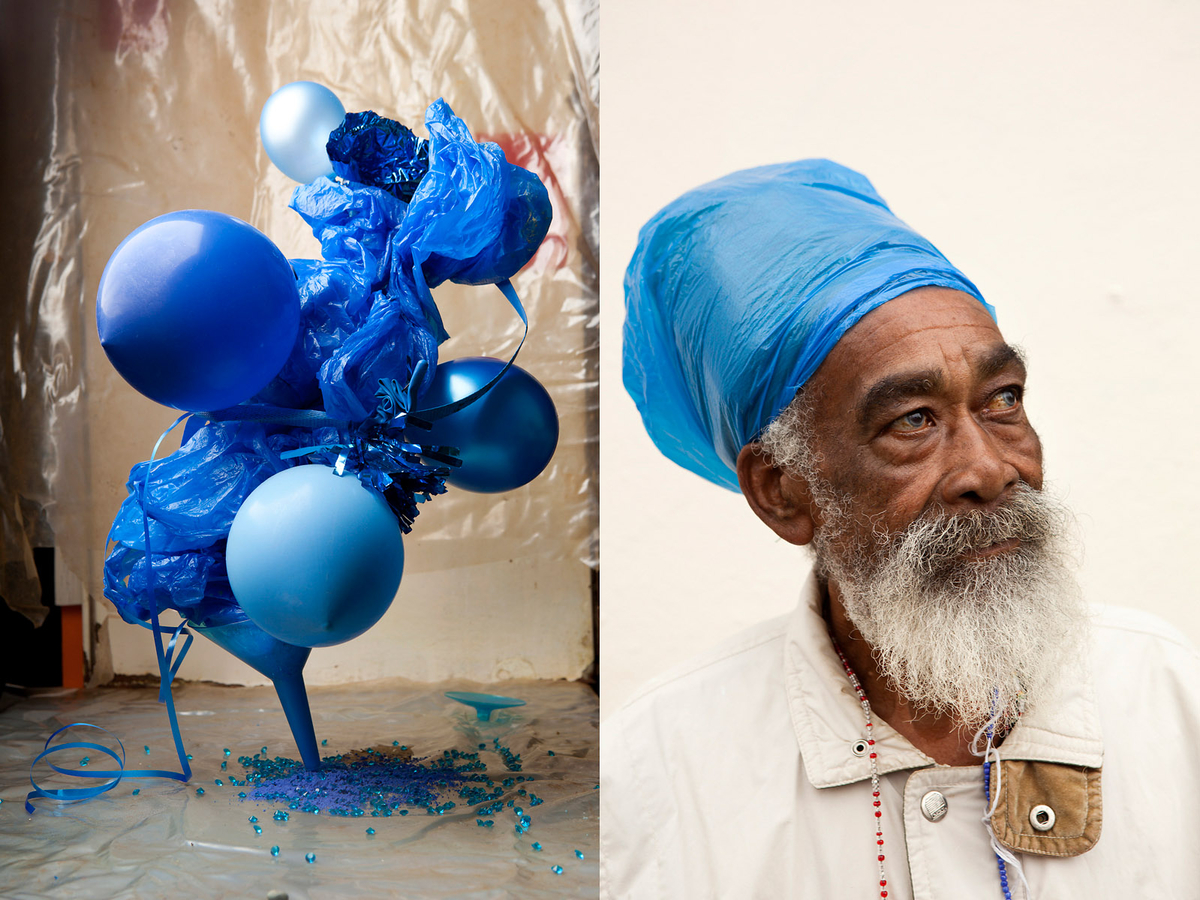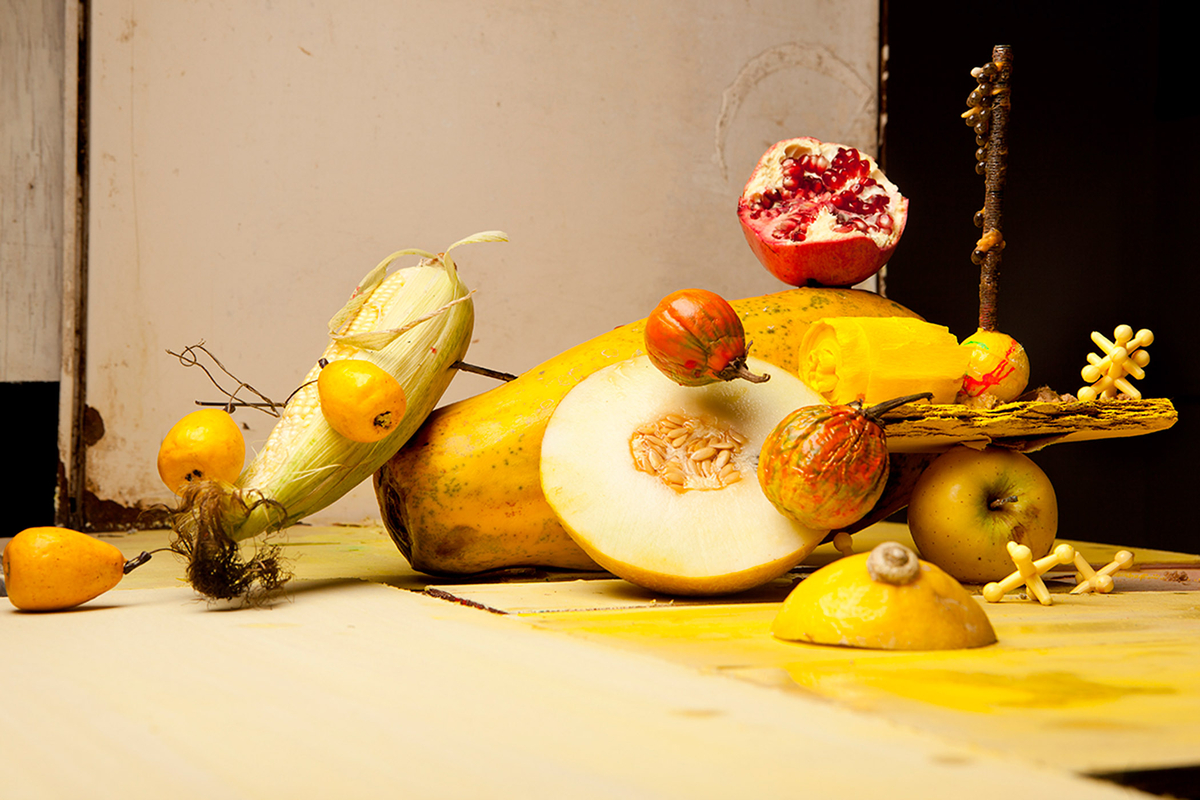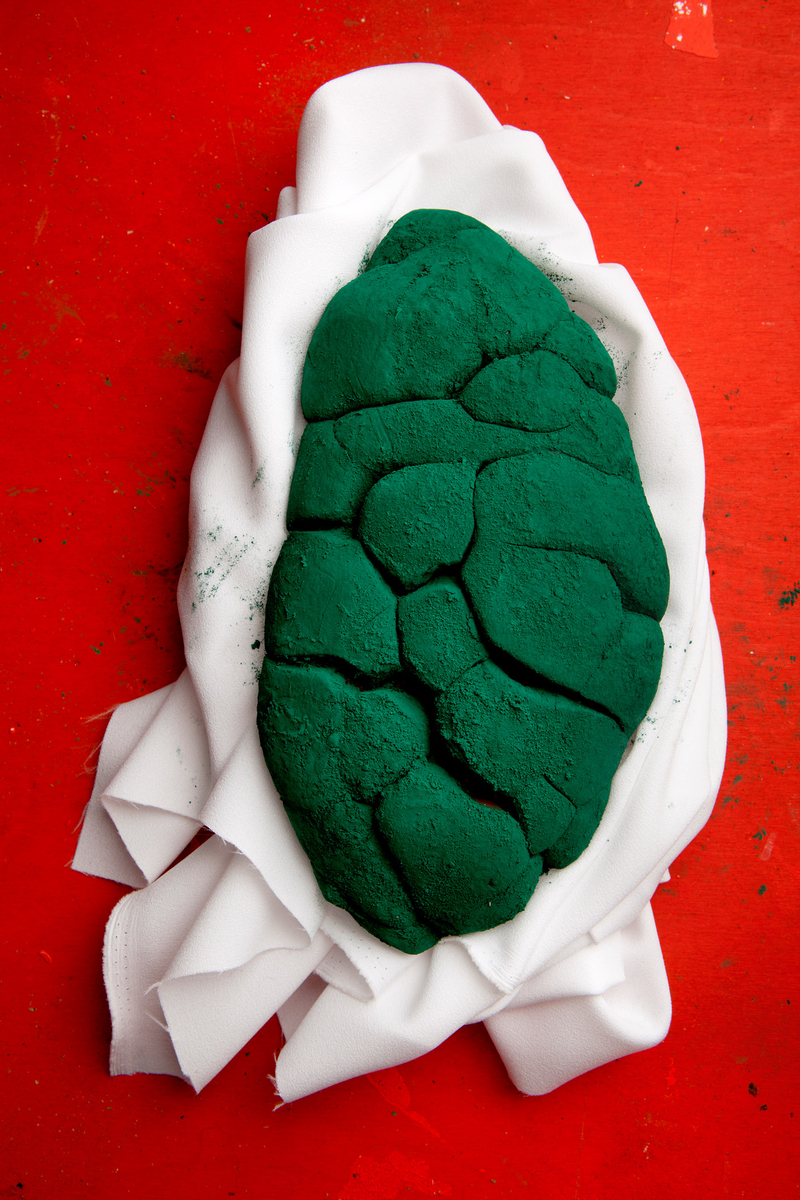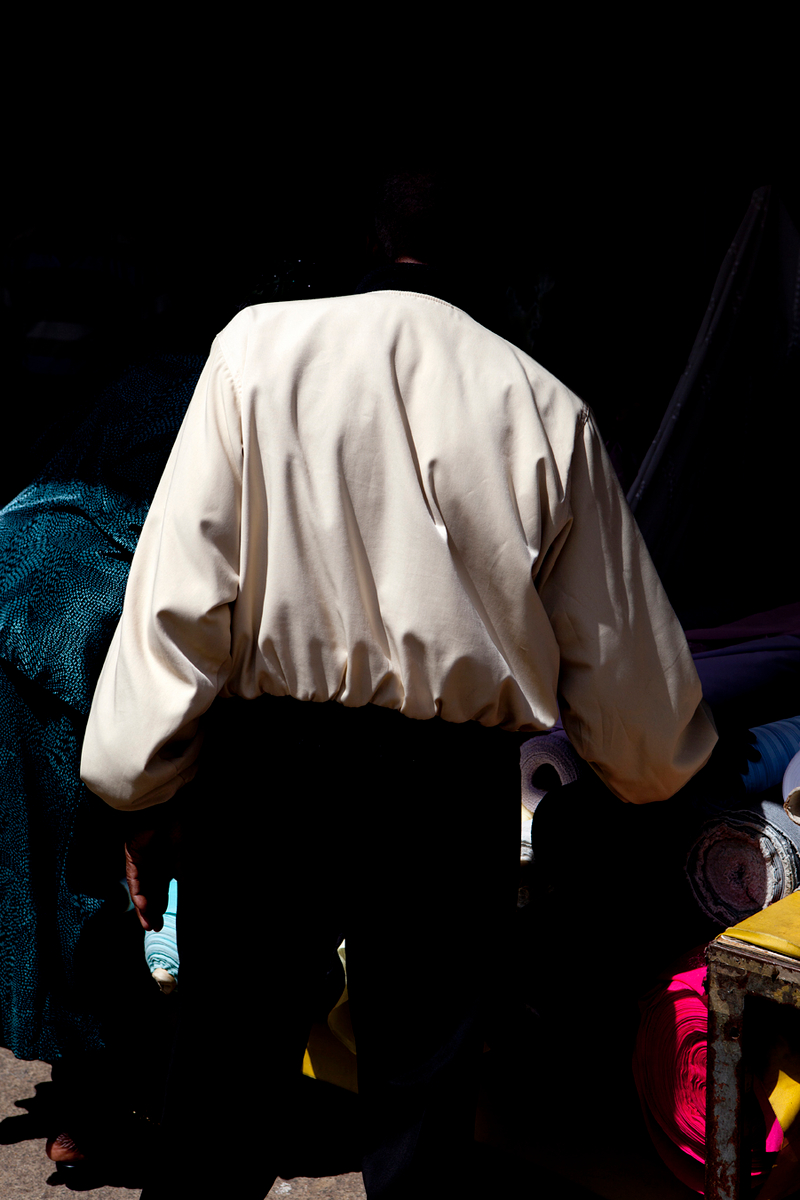Lorenzo Vitturi Dalston Anatomy
When Venetian-born artist Lorenzo Vitturi moved to Dalston, East London, he explored in his usual manner, searching for vibrancy and excitement. He found what he was looking for in Ridley Road Market. One of London’s oldest street markets, in recent years it has become a point of convergence for Nigerian, Caribbean, Asian, and Mediterranean immigrant communities. Vitturi was inspired by its social and sensorial richness; how all of its contrasting colours, odours, flavours, and textures managed to coexist harmoniously to create something unique. He began “collecting images, forging atmospheres, and making sculptures” to capture the beauty and rawness of the market, with all of its flaws and sensory conflicts.
From the beginning, Vitturi’s intention was to capture Ridley Road Market in the form of a book, which he later described as a “heterogeneous series of images that mix different languages and photographic approaches: from snapshots and portraits to photos of sculptures; from photographs of collages to scans of found materials.” Whereas a book normally marks the close of a body of work, Dalston Anatomy, first published in 2013, continues to evolve as a project through mixed media, site-specific installations.
Vitturi’s exhibition at CONTACT Gallery responds to the architecture of the space: murals frame its entryways and sculptural components encircle a structural column. His method of responding to the idiosyncrasies of each site mirrors the way he has approached Ridley Road Market. Many of the images presented in the exhibition are being shown for the first time outside of Vitturi’s book. In the context of Toronto, Dalston Anatomy naturally draws parallels to the shifting cultural identity of Kensington Market, which is located just a few blocks from the Gallery.
Organized by CONTACT
Supported by the Istituto Italiano di Cultura, Toronto
Curated by Bonnie Rubenstein



